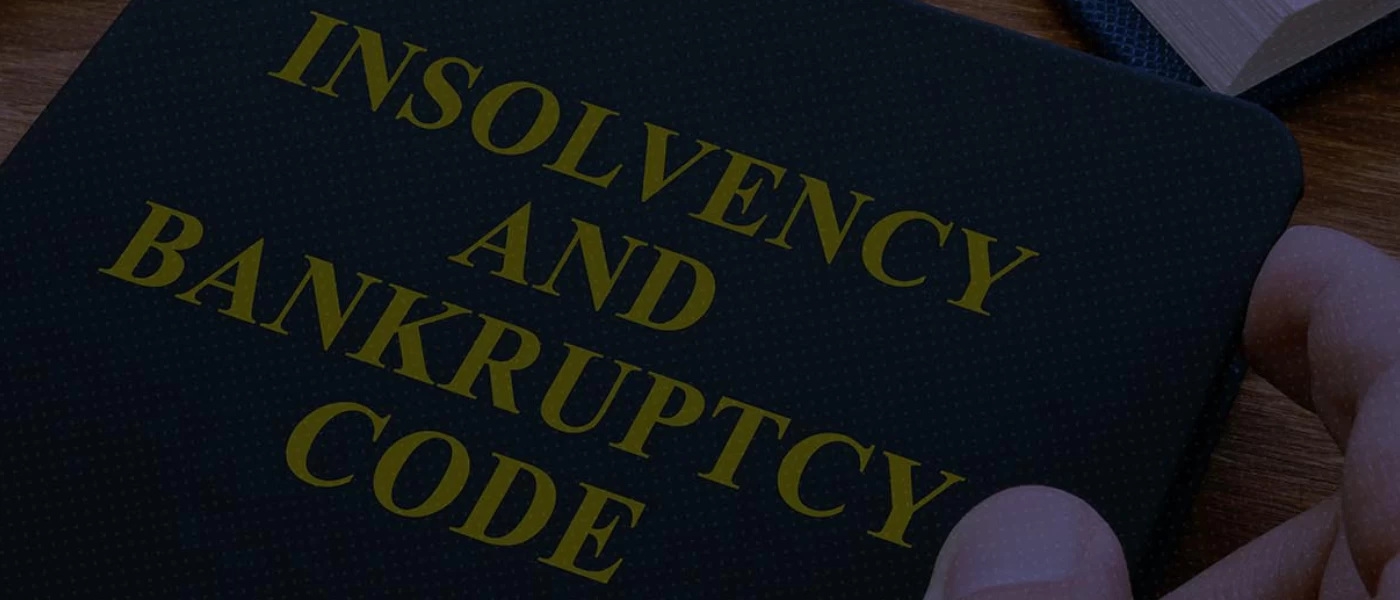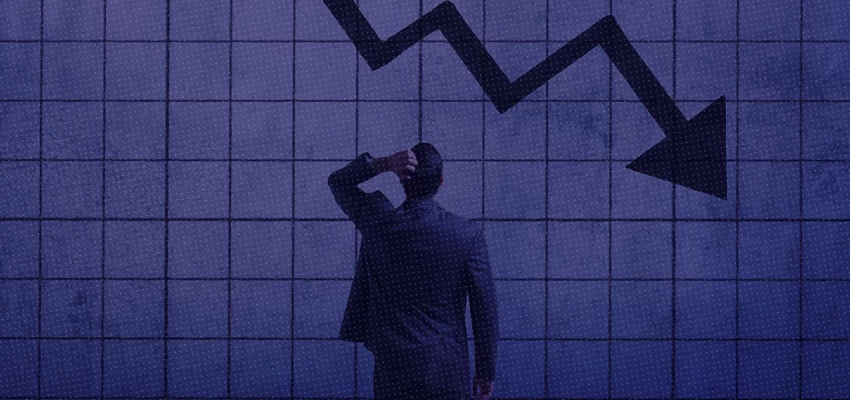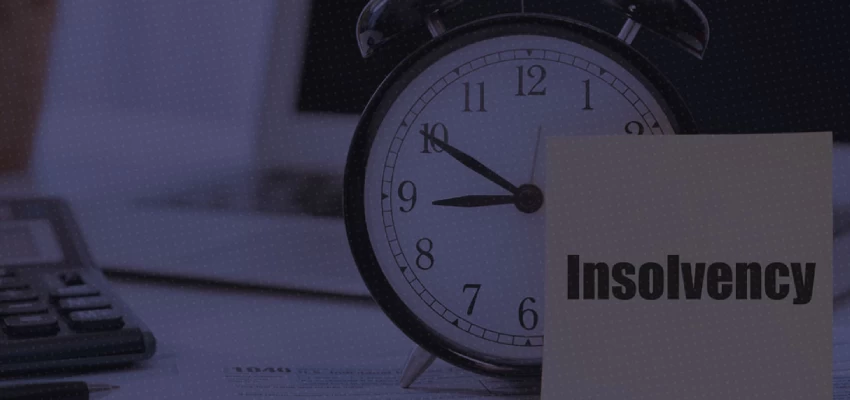The NCLAT, in its recent decision in Union of India v. Vijaykumar V Iyer,[1] has arguably created a new class of creditors, not previously known to the provisions of the Insolvency and Bankruptcy Code, 2016 (‘IBC’). The Appellate Tribunal effectively found that licenses granted by the Department of Telecommunications, Government of India (‘DoT’) to private players for the use of spectrum can override provisions of the IBC. While holding the DoT to be an operational creditor for past license dues owed by the respective corporate debtors (licensees), the NCLAT has attempted to ensure full satisfaction of such operational dues to the DoT in preference to all other financial and operational creditors. This article offers a critique of the NCLAT decision and explains why such a position may not be sustainable within the contours of the current form of the IBC.
Background
A three-judge bench of the Supreme Court had in 2019, in a decision authored by Justice Arun Mishra held that license dues under Licenses to use spectrum were to be calculated on the basis of the aggregate gross revenues of the licensee company (and not just on revenues from telecom operations). This decision had saddled licensee companies with massive dues payable to DoT for use of the licenses since the previous decades. Subsequently, in ancillary proceedings, the Supreme Court in 2020 was made aware that some of the licensees had invoked provisions of the IBC and voluntarily applied for insolvency. The Supreme Court in a decision of 1 September 2020, incidentally also authored by Justice Arun Mishra, referred several questions to be decided by the NCLAT, which essentially aimed at determining whether IBC could be used to extinguish the dues owed to the DoT, held to be payable by the Supreme Court in 2019.
Findings of the NCLAT
The NCLAT made the following determinations:
- That although spectrum was a natural resource, (as the Supreme Court had hinted in its September 2020 decision), the right to use thereof under a license was an ‘intangible asset’ – having been recorded as such in the balance sheets of the licensee. The NCLAT also found that the license being transferable in principle, had economic value and was thus an asset of the Corporate Debtor-Licensee.
- That such licenses could be subject to proceedings under the IBC, and the specific protection for ‘current dues’ was available for the DoT-licensor under Section 14(1) of the IBC.
- That the license dues were contractual dues and thus qualified as an ‘Operational Debt’ under the IBC. That the DoT was accordingly an ‘Operational Creditor’’.
- However, that the license terms and conditions inherently restrained transferability of the license without payment of prior dues. According to the NCLAT, the Guidelines for Access Spectrum Trading prevented any trading in spectrum licenses without clearance of full prior license dues. The NCLAT therefore held that the DoT must be paid all its past dues if the licenses are to be transferred under the IBC.
Effect & critique
The NCLAT made three correct findings in its first three conclusions referred to above. However, its fourth and concluding finding upsets the balance of the IBC framework and is squarely inconsistent with the current understanding of the text, object and purpose of IBC.
A summary of the NCLAT’s ruling on the dues of the DoT, as held in the judgment is as follows:
"…While a license can be transferred as an intangible asset of the Licensee/Corporate Debtor under Insolvency Proceedings in ordinary circumstances, however as trading is subjected to clearance of dues by Seller of Buyer, as the case may be, in terms of Guidelines 10 and 11 of the Guidelines for Access Spectrum Trading for Access Service Providers, the Transferor/Seller or Transferee/Buyer being in default would not qualify for transfer of license under the (sic) insolvency proceedings.
…The Spectrum Trading Guidelines cannot be substituted under the CIRP and the dues of the Licensor, which are required to be cleared by the Seller prior to concluding any agreement for spectrum trading in terms of Guidelines 11, cannot be subjected to clearance by way of a provision in a Resolution…”
With due respect, the decision of the NCLAT contains several flaws. First, even assuming that the Spectrum Trading Guidelines of 2015, made pursuant to the National Telecom Policy, several years after the grant of the licenses in question, are to apply with statutory force, Section 238 of the IBC clearly provides that the provisions of the IBC prevail over all other laws and instruments. The terms and conditions of the licenses, as well as the Spectrum Trading Guidelines stand overridden by Section 238 of the IBC, and the NCLAT could not have therefore sought to enforce such conditions.
Second, providing a special position to a particular operational creditor is arbitrary and contrary to the IBC. The decision of the NCLAT is based on the fact that the terms and conditions of the license and the Spectrum Trading Guidelines restrict the transferability of the license. NCLAT notes that the licenses can be transferred only subject to payment of prior dues of the DoT.
As a result, in all the cases where government or private licenses to use assets or property specifically contain a term that prevents the asset from being transferred unless all pending dues are paid to the licensor – the decision of the NCLAT would provide an unwarranted protection to such operational creditors. This would require all their dues to be paid before the asset can be transferred, without consideration of dues of other financial and operational creditors. This would result in a seemingly arbitrary position and a new sub-class of operational creditors emerging, whose claims would be fully satisfied above all others.
The DoT, or any other government licensor or private licensor, of land, mineral rights, intellectual property, etc. is only an operational creditor in the eyes of the IBC. The NCLAT also found the DoT to be an operational creditor. The DoT is thus placed in the same class as any other operational creditor seeking dues under a contractual obligation.
The IBC provides primacy to the interests of financial creditors by placing them alone (and not operational creditors) in the Committee of Creditors that ultimately approves Resolution Plans for the successful resolution of the corporate debtor. The Supreme Court has time and again reiterated that the decisions of the Committee of Creditors are absolute and subject to very limited review. Even in liquidation proceedings the IBC expressly places the interests of the financial creditors above operational creditors as can be seen in Section 53. The NCLAT’s decision however creates a unique class of operational creditors who achieve priority over financial creditors.
Crucially, this sub-classification within operational creditors is arbitrary in relation to other operational creditors, including other government creditors. The Supreme Court in Swiss Ribbons Pvt Ltd. v. UoI[2] noted that the UNCITRAL Legislative Guide on Insolvency Law recognized "the importance of ensuring equitable treatment to similarly placed creditors”. Equitable treatment of all creditors in distribution of sums received pursuant to a Resolution Plan is also specifically provided for in an explanation under Section 30. It is undisputed that government creditors such as tax authorities are operational creditors and their claims have to be accordingly dealt with under the IBC. As held by the Supreme Court in CIT v. Monnet Ispat and Energy Ltd.[3], government creditors such as the Income Tax authorities cannot attempt independent recovery proceedings and must resolve their claims under the IBC. The NCLAT has provided no reason to treat the dues of one government department (DoT) different from the dues of other government departments such as statutory tax dues, or even dues under contracts entered into by government entities. This clearly amounts to the DoT being treated differently from other government creditors, other operational creditors and in preference to financial creditors, in violation of the scheme and provisions of the IBC.
Third, the NCLAT has failed to fully appreciate that Section 14 specifically bars the cancellation or termination of any license by a government department. Section 14 protects the licensor only for its "current dues”, by carving a specific provision in that regard. The NCLAT decision however goes further and purports to protect the interest of "past dues” of the DoT despite the absence of any legislative backing.
The United States Supreme Court in Federal Communications Commission v. Nextwave Personal Communications[4] decided this very question, i.e. the attempted cancellation of telecom licenses by the US Federal Communications Commission (‘FCC’) in light of non-payment of dues by bankrupt telecom companies. That decision was based on a specific provision of the US Bankruptcy Code,[5] which (similar to Section 14) prevented the government from revoking a license of a bankrupt licensee for non-payment of dues. Although the FCC argued that its dues were pursuant to a regulatory condition and not an ordinary debt, 7 judges of the US Supreme Court held against the cancellation of licenses by the FCC, holding that any special treatment to the FCC should have been expressly written in the law, since ”where congress ha(d) intended to provide regulatory exceptions to provisions of the Bankruptcy Code, it has done so clearly and expressly”. It further held, rejecting any special status to be given to the FCC’s dues:
"Under the Bankruptcy Code, "debt" means "liability on a claim," and "claim," in turn, includes any "right to payment,". We have said that "[c]laim" has "the broadest available definition,".. and have held that the "plain meaning of a `right to payment' is nothing more nor less than an enforceable obligation, regardless of the objectives the State seeks to serve in imposing the obligation," ... In short, a debt is a debt, even when the obligation to pay it is also a regulatory condition.” (Emphasis Supplied)
The NCLAT should have duly considered that the Indian Parliament being fully aware of various kinds of creditors, including government licensors, did not place government dues or dues of specific government entities above those of lenders/financial creditors or other operational creditors. Any provision within a government license allowing for termination for non-payment when the licensee is already in insolvency proceedings would thus be squarely contrary to Section 14 of the IBC. The provisions in the license or trading guidelines would thus have to be ignored as Section 14 is direct and prevails in light of Section 238 explained above.
Fourth, the NCLAT was clearly influenced by inaccurate considerations. It held that the Corporate Debtors-Licensees in the present case had "sought to wriggle out of their liabilities” by resorting to voluntary insolvency under Section 10 of the IBC. While the NCLAT was correct to note that this could result in "peanuts offered to it (DoT) as ‘Operational Creditor’”, this would not be a position unique to the DoT. As explained above all operational creditors, including tax authorities are in the same position and Parliament has consciously not placed these creditors over lenders.
Further, the application under Section 10 is based on objective criteria, which if met, will result in insolvency proceedings being voluntary initiated. A corporate debtor may genuinely file for voluntary insolvency on being unable to pay dues. This does not amount to evasion of liabilities as the erstwhile management/promoters of the corporate debtor will be irreparably losing control of the company and losing all share value.
If the insolvency had been commenced by a bank/financial creditor under Section 7 or another operational creditor under Section 9 of the IBC, clearly the NCLAT could not have found any malicious act in the commencement of proceedings. The mere fact that a voluntary application for insolvency is made under Section 10 rather than an application by a creditor under Section 7 or 9, cannot therefore change the status of the DoT as an operational creditor by placing it first in the order of payment of dues.
Economic impact and conclusion
The decision of the NCLAT allows the terms of a contract/license to override the IBC and creates an artificial sub-classification of operational creditors. This clearly appears to leave room for other operational and perhaps government creditors to argue for priority based on specific wording of their licenses/instruments. That apart, it has three consequences.
One, that insolvency resolution proceedings are bound to fail for the telecom companies in question since the bulk of their assets are the licenses itself. It is unlikely that a prospective resolution applicant would be able to bring in enough money to satisfy past dues owed to the DoT, which run in hundreds of crores, given the limited period of 4 years available to profit before some of the licenses in question expire in 2025. In the absence of viable resolution applicants, this will force such companies into liquidation, where again, the license cannot be transferred, according to the NCLAT until all past dues are paid. It is likely that the licenses then remain unsold and the spectrum is wasted and not used by anyone to provide services to the public.
Second, that the DoT stands in no better position as a result of the decision. If the DoT had accepted the primacy of the IBC, it would be protected fully for its "current dues” and would be able to demand future dues from the prospective purchaser of the license/Resolution Applicant based on the terms of the license. However, going by the NCLAT decision, since past dues are unlikely to be paid, the DoT can terminate the license. It is obvious that the DoT will not be able to recover past dues in any subsequent auction of the license. The decision therefore does not on the face of it practically provide a better result for the DoT. It also keeps the spectrum unused, thereby generating no revenue-based license dues/royalty for the DoT in the interim.
Three, the NCLAT decision jeopardizes the certainty of recovery for lenders/financial creditors, relegating them to the second position behind such operational creditors such as the DoT. This adversely affects lenders’ risks of investing in industries where licenses to land and intangible rights form a bulk of the assets.
The dues of the DoT, like any other operational creditor should be satisfied in terms of the IBC and not in terms of a specific contract/license. A harmonious reading of even the guidelines for spectrum trading referred to by the NCLAT and the IBC would be that - once a resolution plan is approved or liquidation is concluded, the past dues of the DoT are be deemed as having been settled, thus paving the way for transfer of the license. This is in fact the object of the IBC, providing a clean slate to the approved resolution applicant, as held by the Supreme Court in its decision in Essar.[6] The DoT or any government/private licensor cannot be treated favorably over the interest of lenders, this being contrary to the scheme of the IBC. The Supreme Court will have to weigh the purported interest of government (DoT), against the interest of public and private banks and financial institutions, the latter having been expressly given primacy under the IBC.
[Both the authors are Principal Associates in Insolvency practice team at Lakshmikumaran & Sridharan, New Delhi]
- [1] Union of India v. Vijaykumar V Iyer, Judgment dated 13 April 2021 in CA (AT) (Ins.) No. 1410/2019
- [2] 2019 SCC Online SC 73
- [3] 2018 SCC Online SC 3465
- [4] United States Supreme Court (2003) No. 01-653, Judgment dated 27 January 2003
- [5] Sec. 525, US Bankruptcy Code
- [6] Committee of Creditors of Essar Steel v. Satish Kumar Gupta (2020) 8 SCC 531












